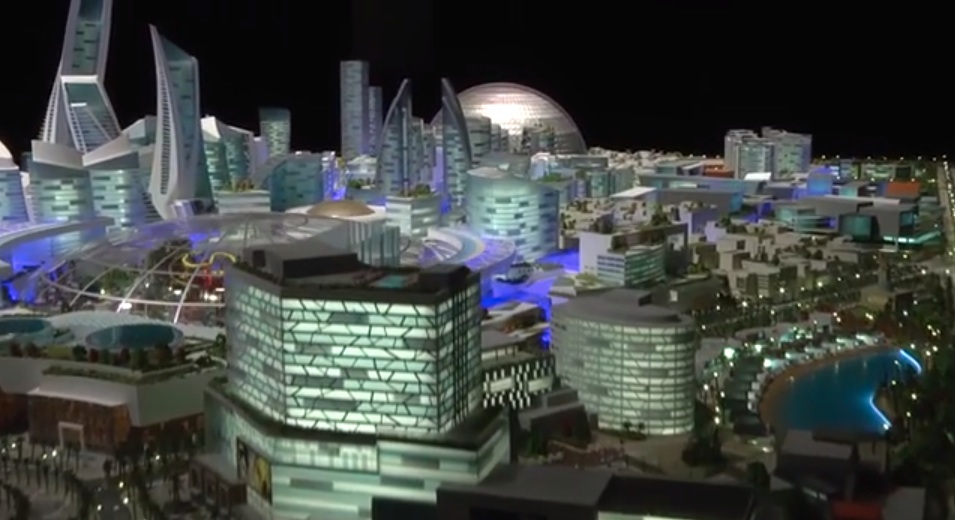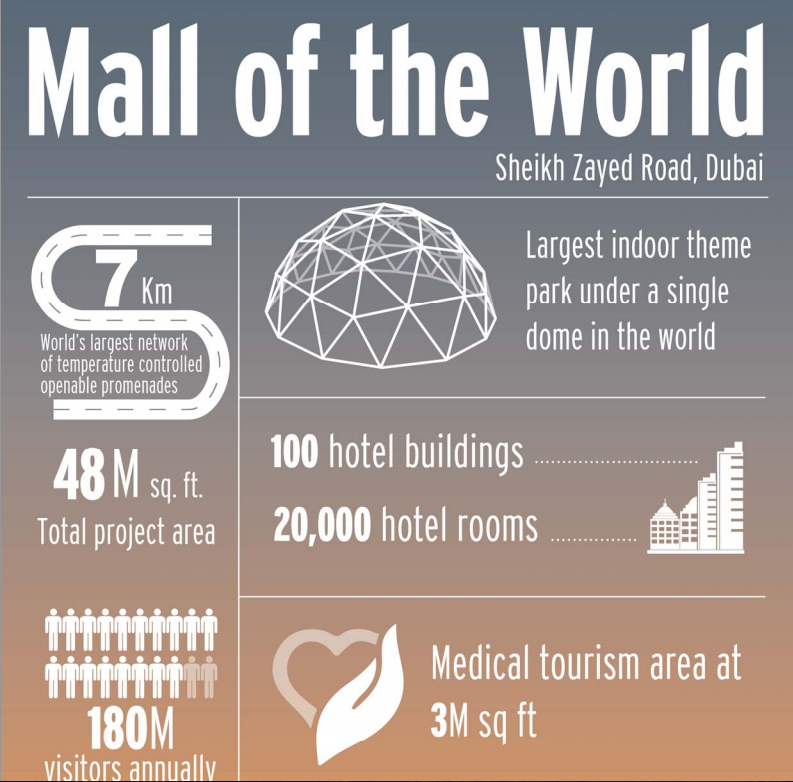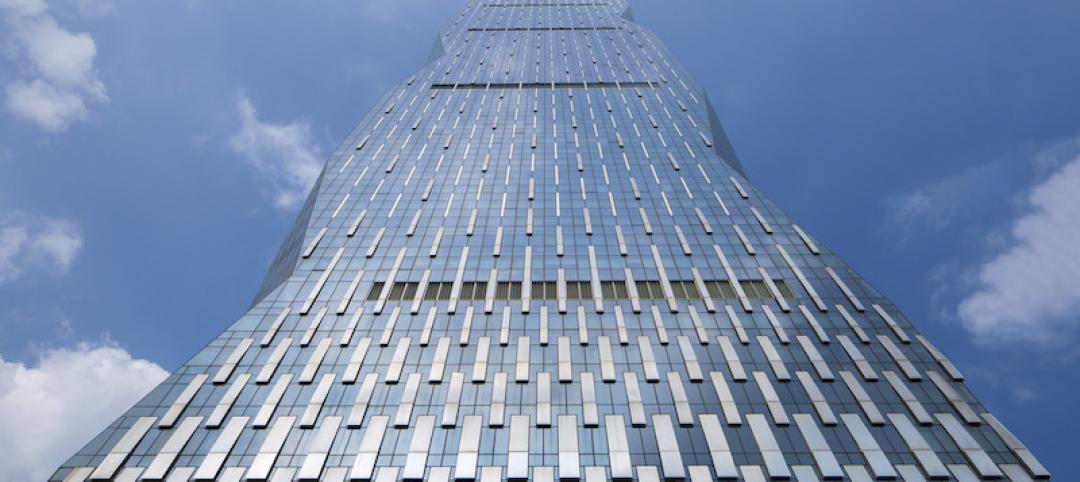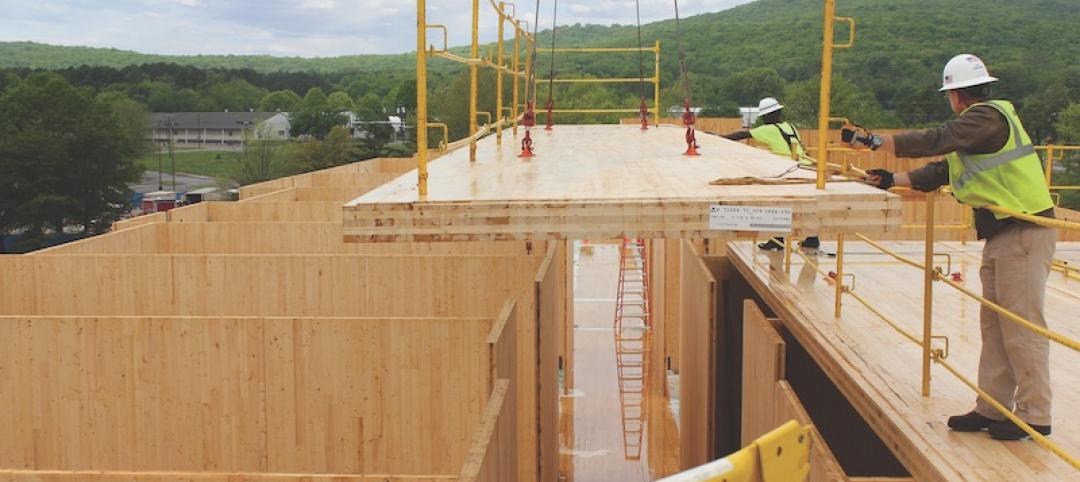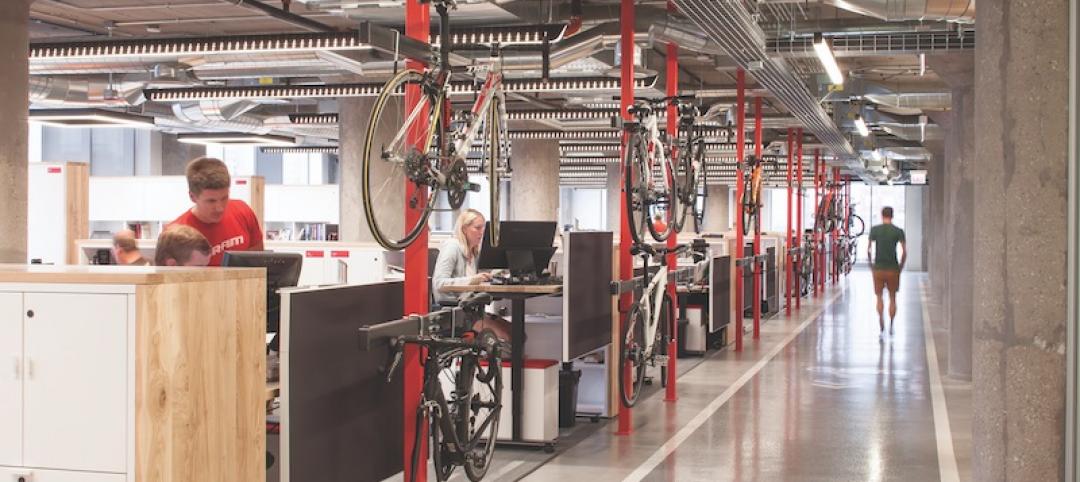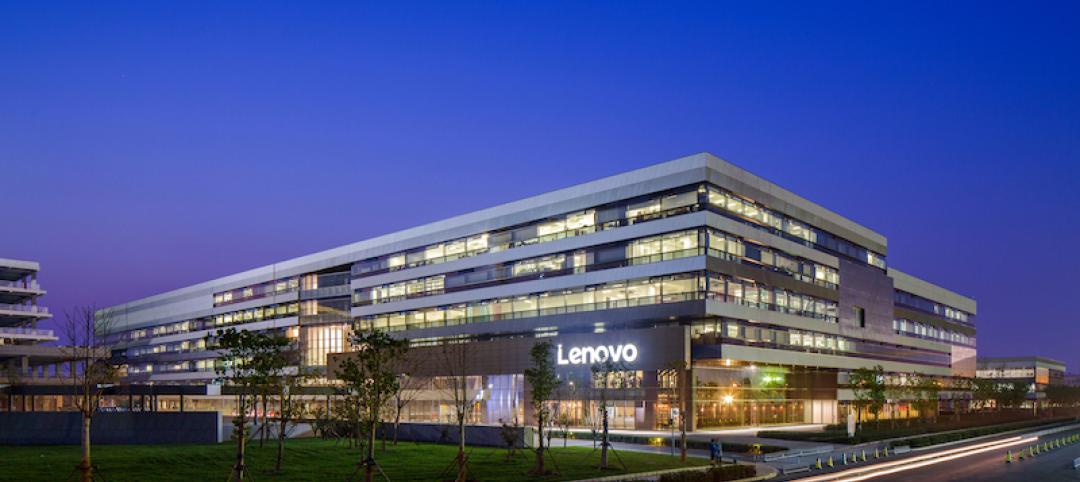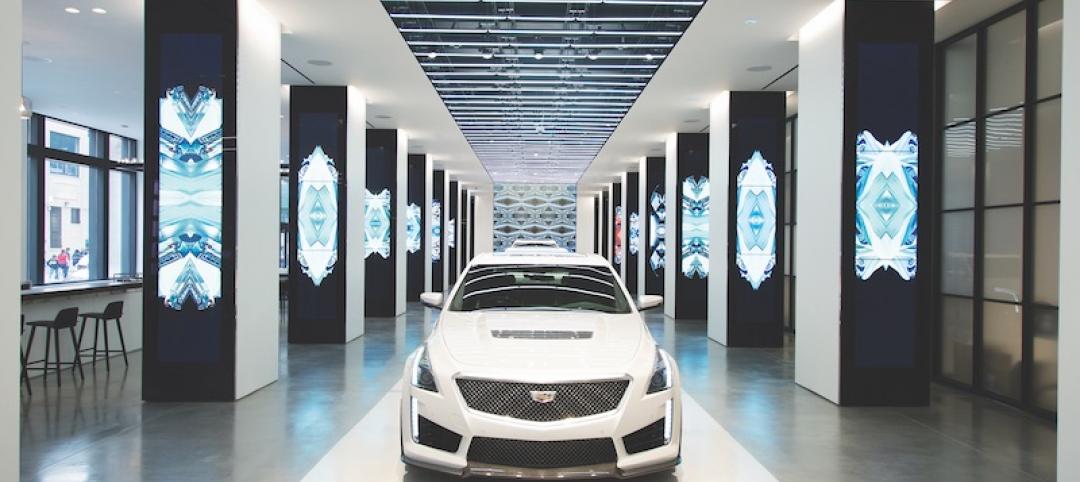They have the Burj Khalifa, the world’s tallest skyscraper. They have the iconic Burj Al Arab, the iconic ship-shaped luxury hotel on a manmade island. They also have the Palm Islands, a man-made palm-shaped archipelago of mixed-use property. Naturally, the next step for the largest emirate of this small country on the Arabian Peninsula is to build the largest indoor ‘city’ in the world.
The emirate’s ruler, Sheikh Mohammed Bin Rashid, expressed in a press release that the project, dubbed Mall of the World, is part of his plans to transform Dubai into “a cultural, tourist and economic hub for the two billion people living in the region around us.”
The project will house the world’s largest mall, largest indoor park, cultural theatres and wellness resorts with a capacity to host over 180 million visitors annually. So it’s not really a city, but close enough.
The mall will occupy 8 million square feet connected to 100 hotels and serviced apartment buildings with 20,000 hotel rooms. 3 million square feet is allocated for the wellness district.
For recreation, the cultural district will have theatres built around New York’s Broadway and shopping streets based on London’s Oxford Street.
All of this inside an enclosed, air-conditioned building that is intended to allow tourists to “be able to enjoy a week-long stay without the need to leave the city or use a car.”
The Independent reports that the Sheikh, who is also vice president of the United Arab Emirates, owns the company responsible for the development, Dubai Holding.
Though details of the timeframe and the cost of the project are yet to be released, it is expected that the development will be Dubai’s main focus at the UAE World Expo trade fair in 2020.
For a better chance at visualizing the project's proportions, view the rest of the infographic from Dubai Holding here.
Related Stories
Mixed-Use | Aug 16, 2016
Goettsch Partners completes mixed-use tower in R&F Yingkai Square
The 66-story building is now the 7th tallest completed building in Guangzhou.
| Aug 15, 2016
SPORTS FACILITY GIANTS: New and renovated college sports venues - designed to serve students and the community
Schools are renovating existing structures or building new sports facilities that can serve the student body and surrounding community.
| Aug 15, 2016
Top 50 Sports Facility Architecture Firms
Populous, HKS, and HOK top Building Design+Construction’s annual ranking of the nation’s largest sports facility sector architecture and A/E firms, as reported in the 2016 Giants 300 Report.
| Aug 15, 2016
MILITARY GIANTS: Cross-laminated timber construction gets a salute from the Army
By privatizing the construction, renovation, operation, maintenance, and ownership of its hotels the Army expects to cut a 20-year timetable for repairs and replacement of its lodging down to eight years.
| Aug 15, 2016
Top 30 Military Architecture Firms
HDR, Clark Nexsen, and Guernsey top Building Design+Construction’s annual ranking of the nation’s largest military sector architecture and A/E firms, as reported in the 2016 Giants 300 Report.
| Aug 12, 2016
SCIENCE + TECHNOLOGY GIANTS: Incubator model is reimagining research and lab design
Interdisciplinary interaction is a common theme among many new science and technology offices.
| Aug 12, 2016
Top 40 Science + Technology Architecture Firms
Perkins+Will, HDR, and HOK top Building Design+Construction’s annual ranking of the nation’s largest science + technology sector architecture and A/E firms, as reported in the 2016 Giants 300 Report.
| Aug 12, 2016
OFFICE GIANTS: Technology is giving office workers the chance to play musical chairs
Technology is redefining how offices function and is particularly salient in the growing trend of "hoteling" and "hot seating" or "free addressing."
| Aug 12, 2016
Top 100 Office Architecture Firms
Gensler, HOK, and Perkins+Will top Building Design+Construction’s annual ranking of the nation’s largest office sector architecture and A/E firms, as reported in the 2016 Giants 300 Report.
| Aug 11, 2016
RETAIL GIANTS: Retailers and developers mix it up to stay relevant with shoppers
Retail is becoming closely aligned with entertainment, and malls that can be repositioned as lifestyle centers will have enhanced value.


